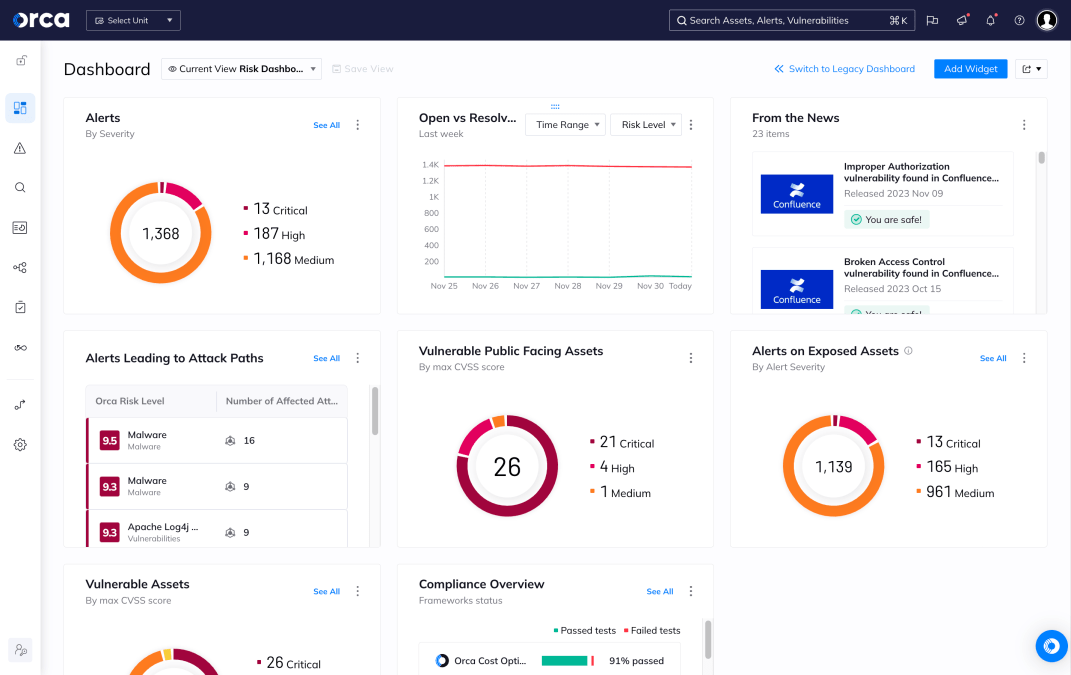A Virtual Private Network (VPN) is a secure network connection that creates an encrypted tunnel between a user’s device and a remote server, allowing private data transmission over public networks like the internet. VPNs enable organizations to extend their private networks across public infrastructure while maintaining confidentiality, integrity, and authentication of data in transit. In cloud security and modern enterprise environments, VPNs serve as critical components for secure remote access, site-to-site connectivity, and protecting sensitive communications from interception or tampering.
Why is it important?
VPN technology addresses fundamental security challenges in today’s distributed work environment and cloud-first architectures. With remote work becoming standard practice, organizations require secure methods for employees to access corporate resources from untrusted networks without exposing sensitive data or systems to cyber threats. VPNs provide essential network segmentation and access control capabilities that help organizations maintain security boundaries while enabling productivity and collaboration.
From a compliance perspective, VPNs help organizations meet regulatory requirements for data protection by ensuring encrypted transmission of sensitive information. Industries subject to regulations like HIPAA, PCI DSS, and GDPR rely on VPN encryption to protect personal and financial data during transmission. Additionally, VPNs enable secure cloud connectivity, allowing organizations to establish trusted connections between on-premises infrastructure and cloud services while maintaining visibility and control over network traffic.
The economic impact of VPN implementation extends beyond security benefits. By enabling secure remote access, VPNs reduce the need for expensive dedicated network infrastructure while supporting business continuity during disruptions. Organizations can maintain operations regardless of physical location constraints, making VPNs essential for resilient business models.
How does it work?
VPN functionality relies on several core technologies working together to create secure network tunnels. The process begins with authentication, where users or devices prove their identity through credentials, certificates, or multi-factor authentication mechanisms. Once authenticated, the VPN client establishes an encrypted tunnel using protocols such as IPSec, OpenVPN, or WireGuard.
Encryption protocols ensure data confidentiality by converting readable information into encrypted packets that traverse public networks. Advanced Encryption Standard (AES) with 256-bit keys represents the current standard for VPN encryption, providing military-grade protection against eavesdropping attempts.
VPN architectures typically fall into three categories: remote access VPNs, site-to-site VPNs, and cloud VPNs. Remote access VPNs connect individual users to corporate networks, while site-to-site VPNs link entire networks across geographic locations. Cloud VPNs facilitate secure connections between on-premises infrastructure and cloud service providers, supporting hybrid and multi-cloud strategies.
Traffic routing mechanisms determine how data flows through VPN tunnels. Split tunneling allows organizations to route specific traffic through VPN connections while sending other traffic directly to the internet, optimizing performance while maintaining security for sensitive communications. Full tunneling routes all traffic through VPN infrastructure, providing maximum security at the potential cost of performance.
Security risks and challenges
Despite their security benefits, VPNs introduce several risk vectors that organizations must address:
- Legacy infrastructure: Older VPN solutions may lack modern security controls.
- Authentication weaknesses: Poorly configured authentication increases risk of unauthorized access.
- High-value targets: VPN gateways are often targeted by attackers for initial access.
- Misconfigurations: Incorrect access policies or overprovisioned accounts expand attack surfaces.
- Performance tradeoffs: Poor performance may drive users to circumvent VPN protections.
Without regular updates and monitoring, VPN systems can become significant liabilities.
Best practices and mitigation strategies
To maximize VPN effectiveness and reduce risk, organizations should:
- Adopt Zero Trust principles:
- Treat VPN access as one layer in a broader continuous verification model.
- Verify users and devices at every step.
- Implement strong authentication:
- Use multi-factor authentication (MFA) for all VPN connections.
- Regularly audit access permissions and disable stale accounts.
- Segment networks:
- Apply least-privilege access.
- Use micro-segmentation to limit lateral movement.
- Monitor VPN activity:
- Implement SIEM tools to log and analyze VPN traffic.
- Detect anomalies and respond quickly to suspicious behavior.
- Harden infrastructure:
- Regularly patch VPN software and devices.
- Conduct security assessments and penetration testing.
- Optimize user experience:
- Address performance issues to reduce the risk of bypass.
- Educate users on the importance of consistent VPN use.
How Orca Security helps
The Orca Cloud Security Platform enables organizations to secure their VPNs across the multi-cloud environments of AWS, Azure, Google Cloud, Oracle Cloud, Alibaba Cloud, and Kubernetes.
Using Orca, security teams get:
- Comprehensive visibility: Detects and inventories all VPN configurations across multi-cloud environments
- Misconfiguration detection: Surfaces VPN risks in the context of the entire cloud estate, including weak encryption, excessive permissions, or missing logging.
- Risk-based prioritization: Holistically analyzes VPN risks and dynamically scores them based on severity and business impact
- Compliance support: Maps VPN configurations to regulatory requirements and provides AI-driven and assisted guidance for hardening
- Workflow integration: Enables two-way integrations with developer, DevOps, and security tooling, streamlining investigation and remediation across different functional team
By offering contextual risk analysis and continuous monitoring, Orca helps organizations maintain secure, efficient, and compliant VPN implementations across cloud environments.



